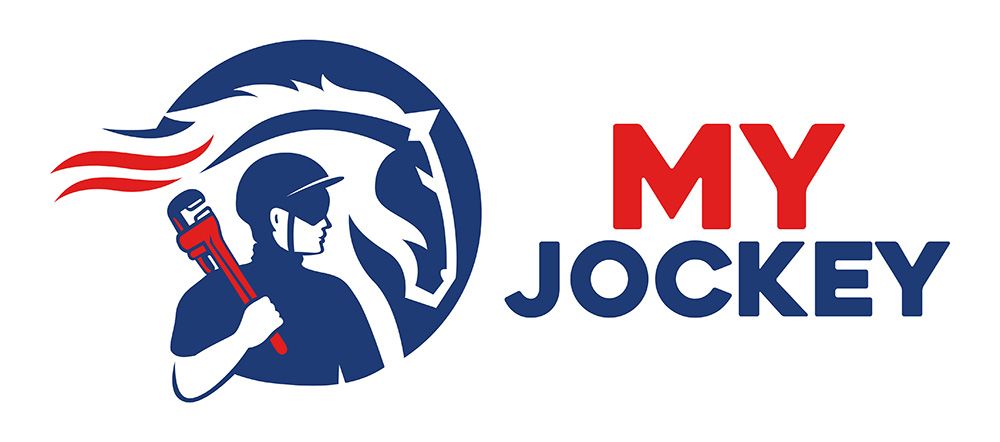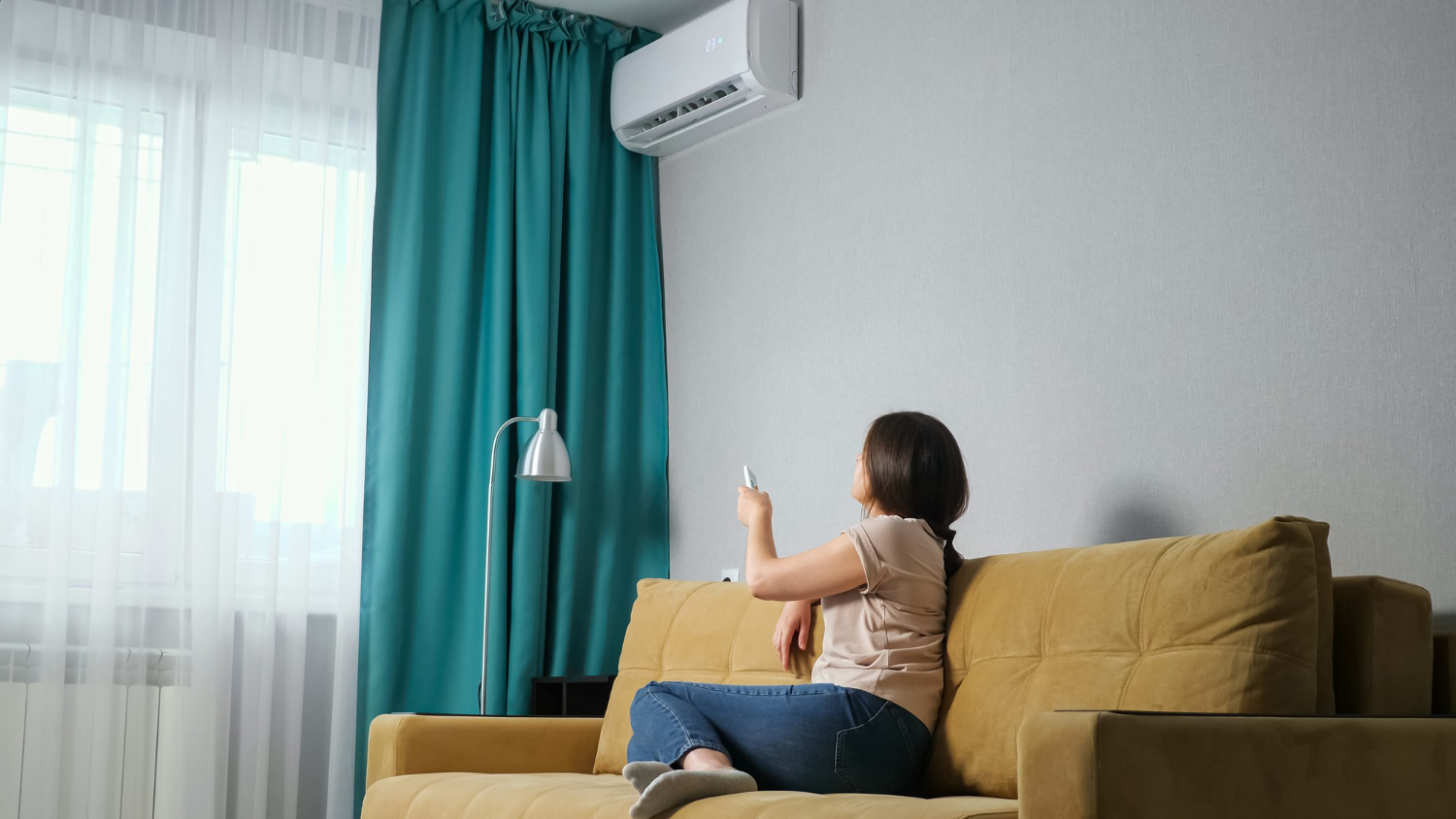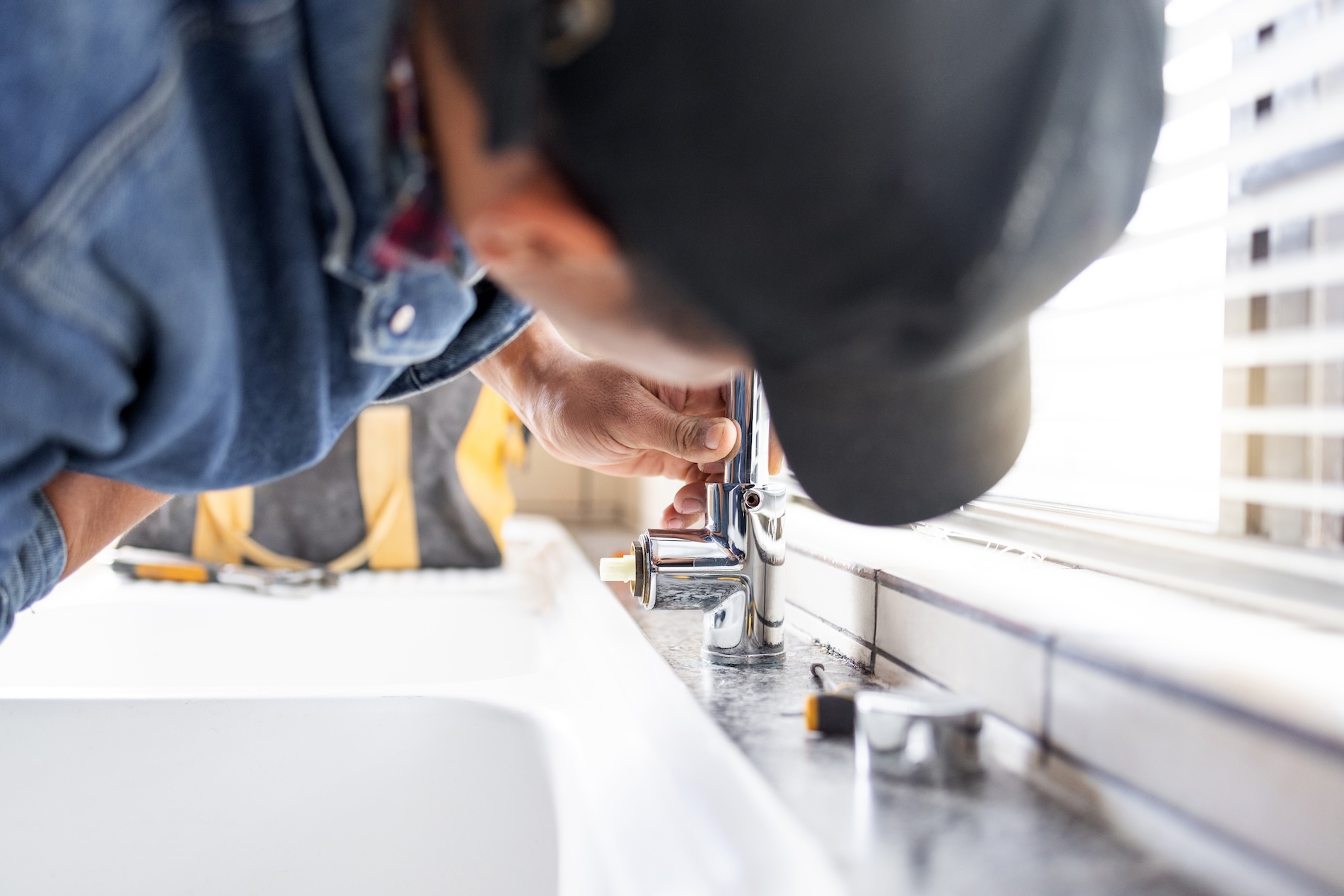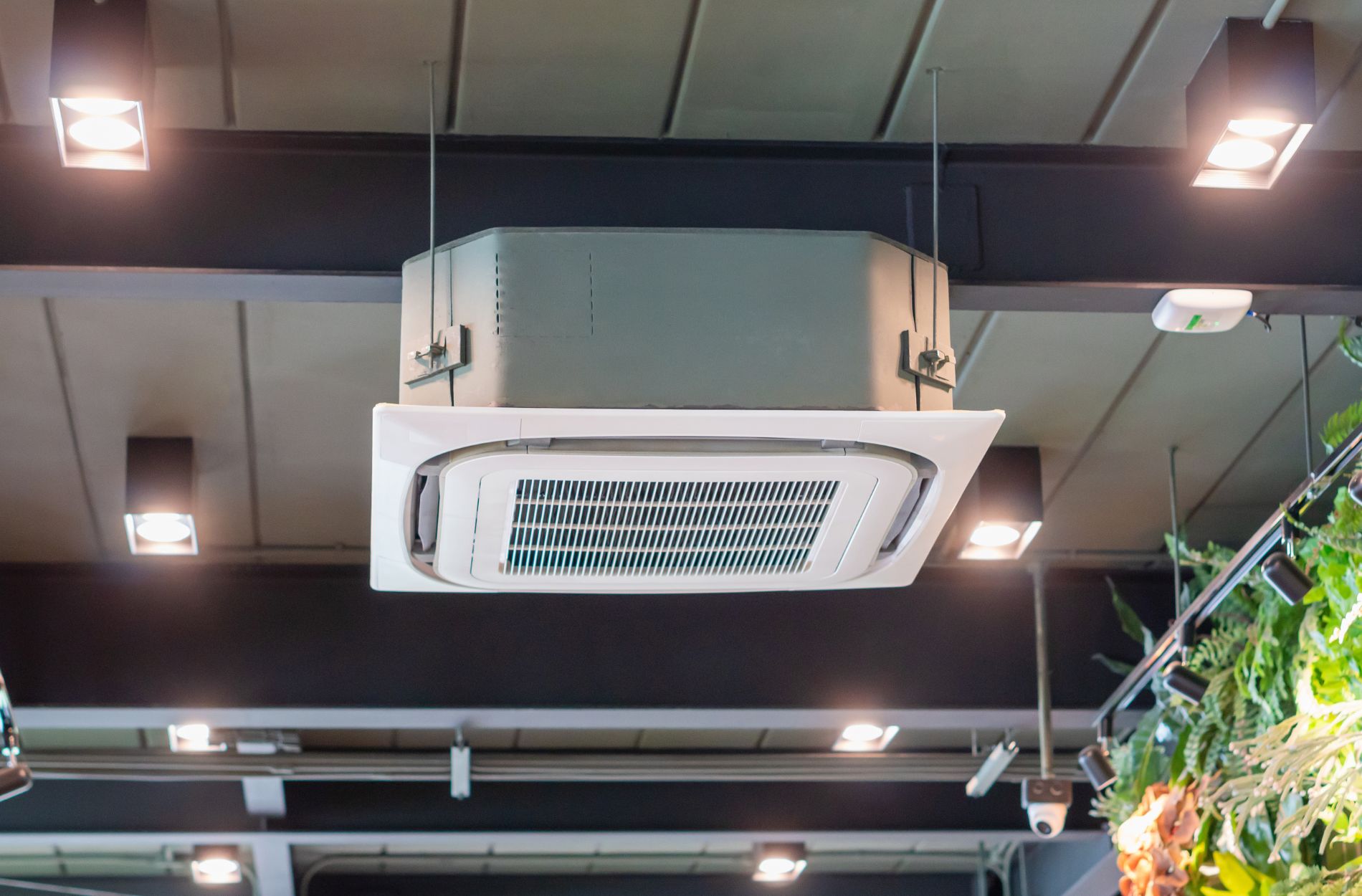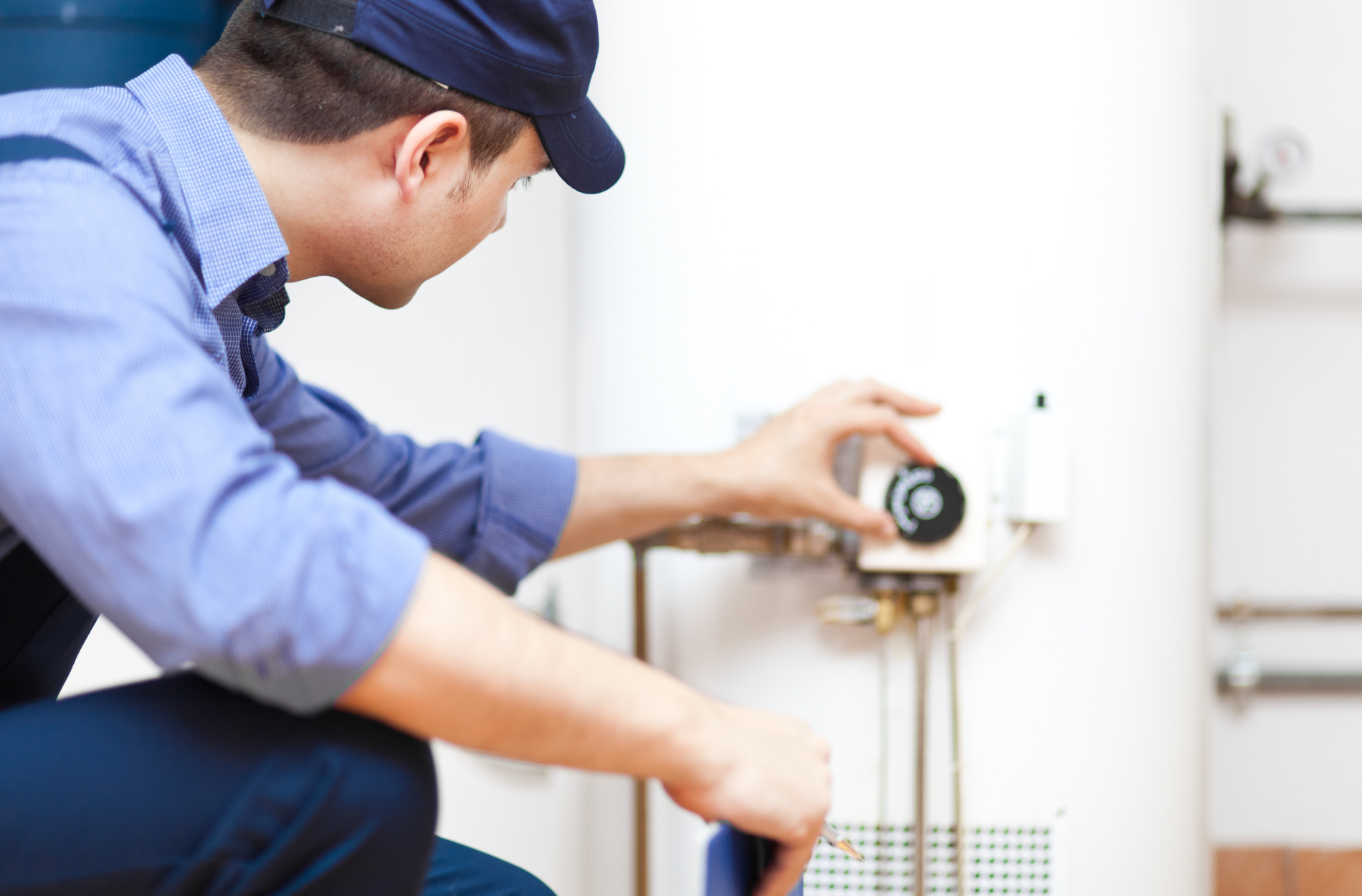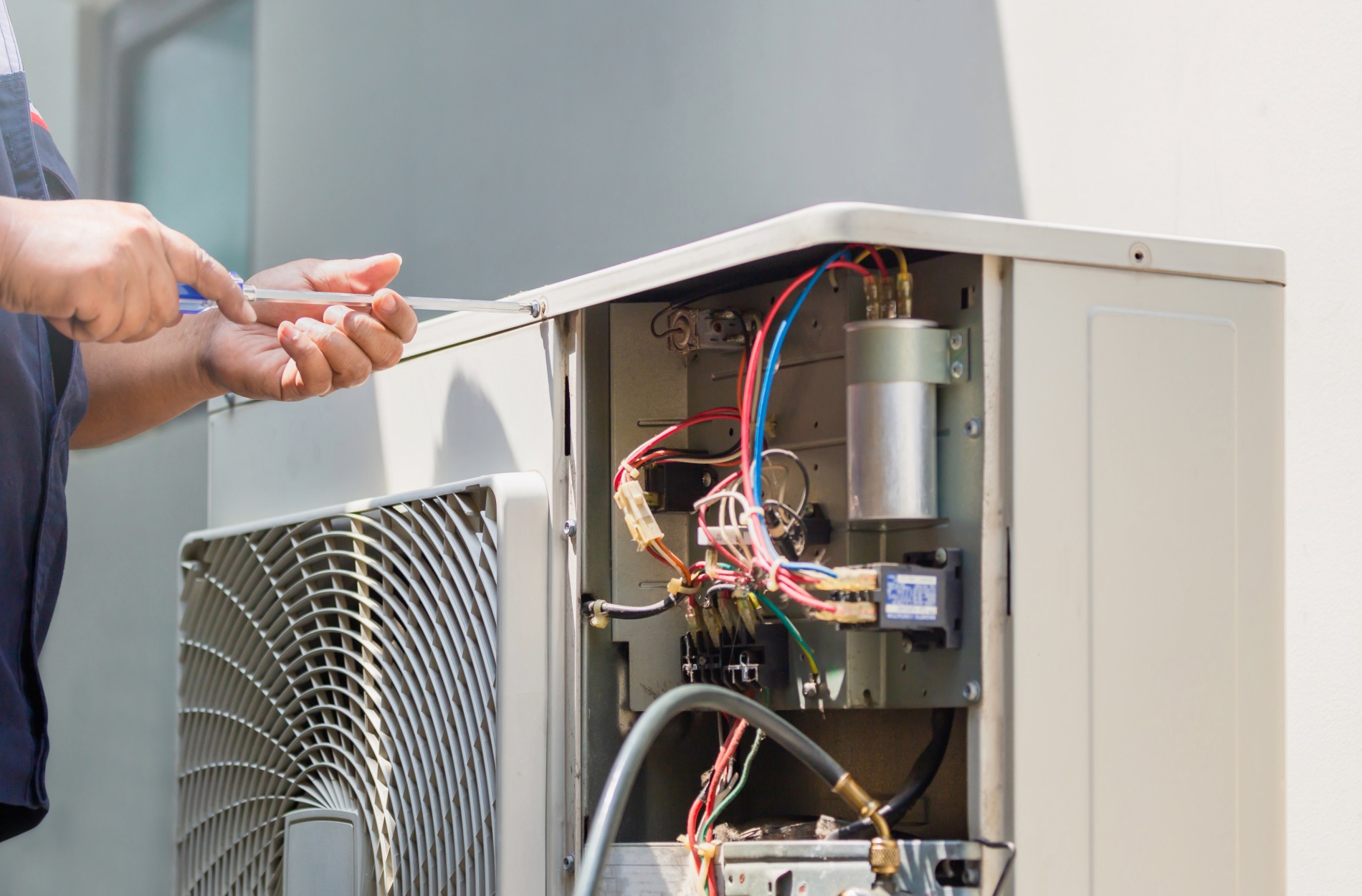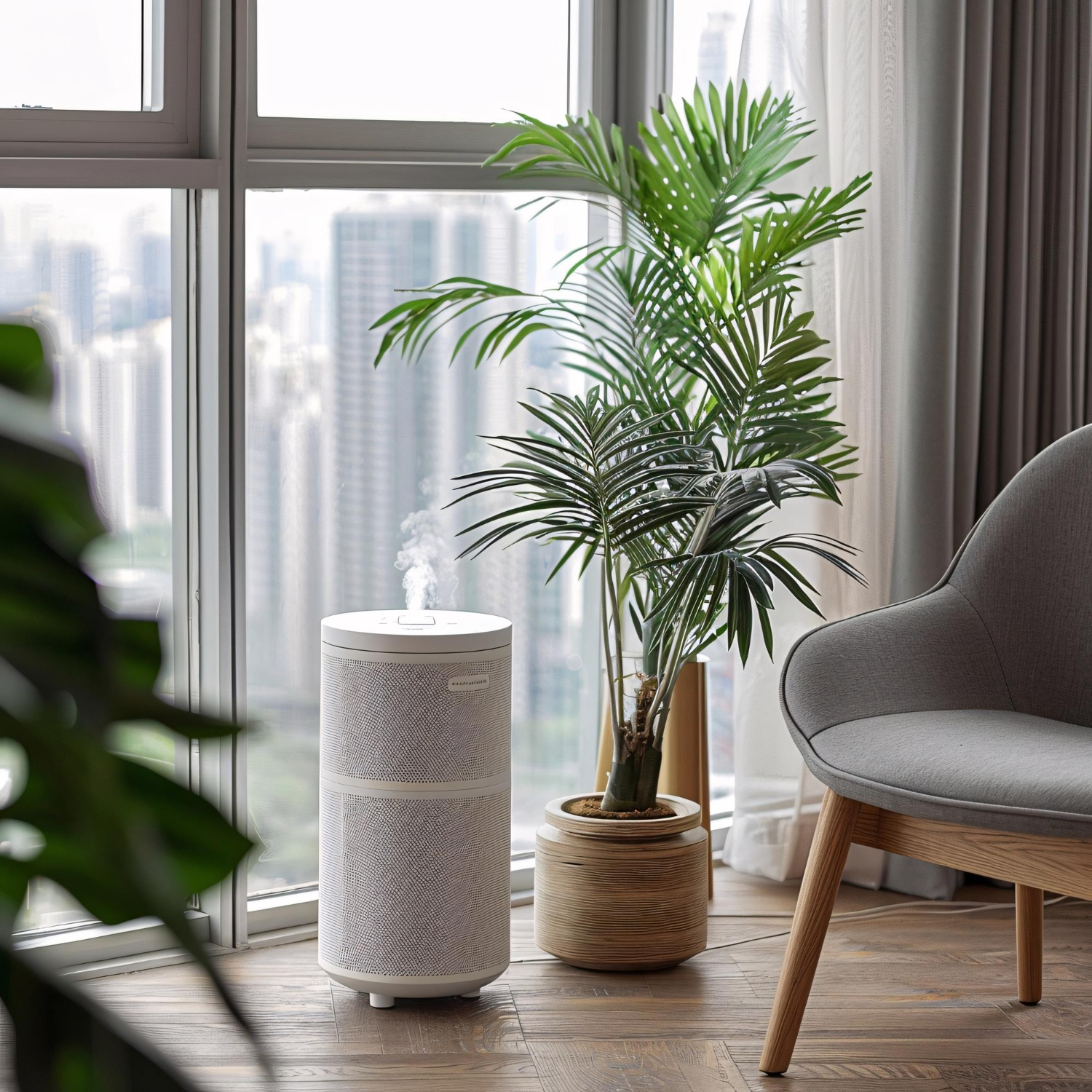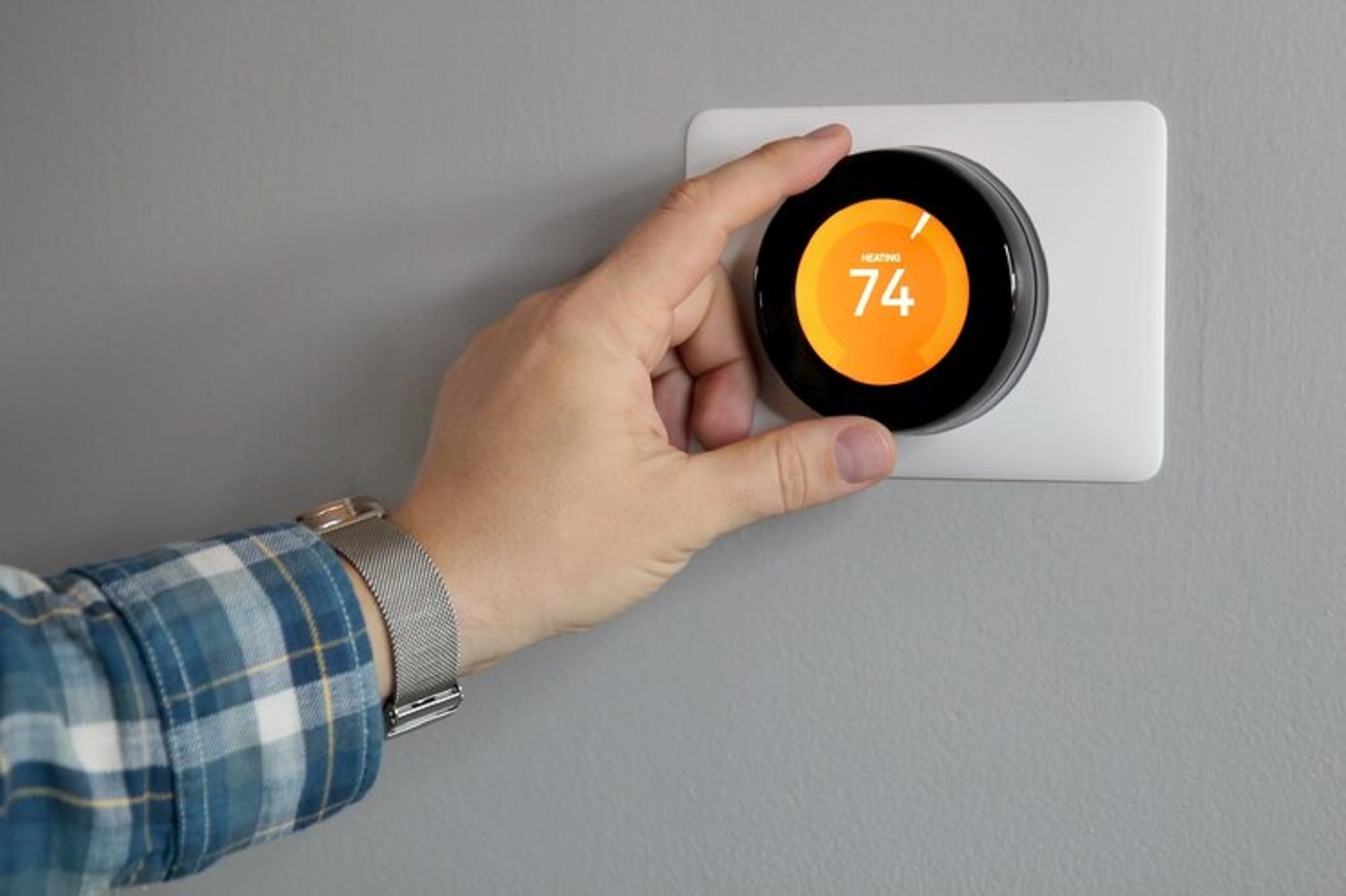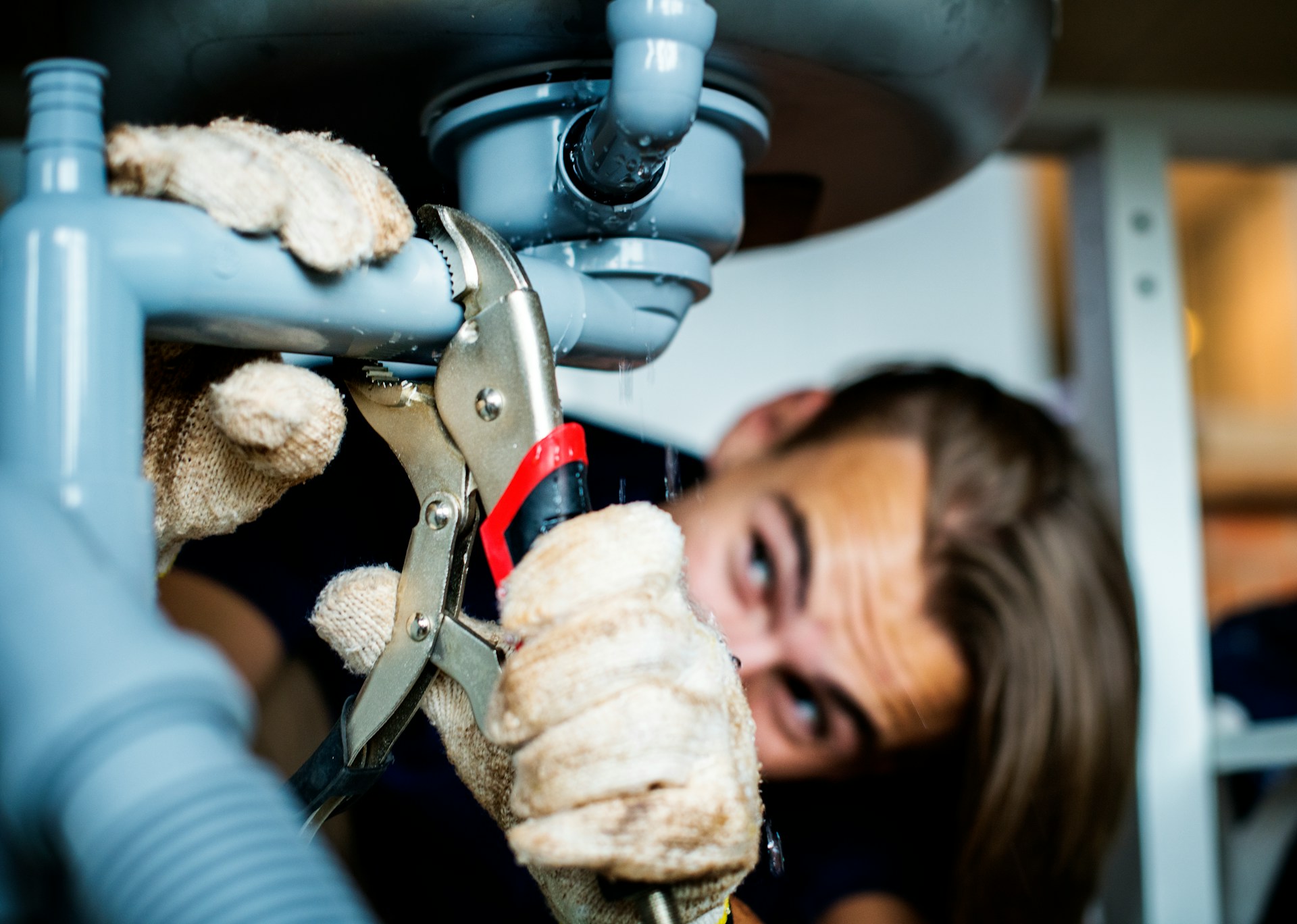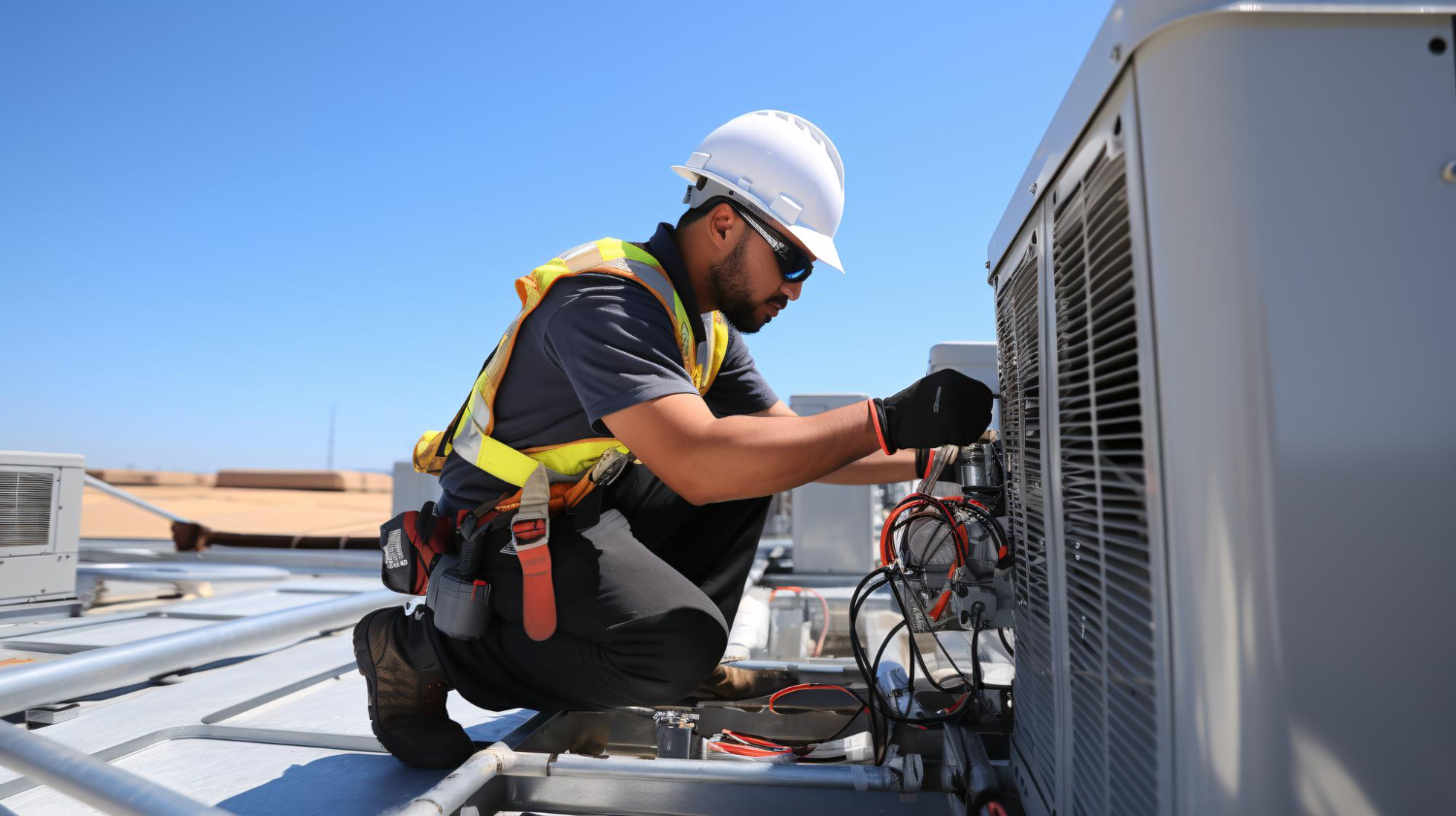Keeping your air conditioner in top shape is crucial, especially during the hot summer months. When your AC runs efficiently, it keeps your home cool and comfortable while saving you money on energy bills. By understanding how to properly maintain your AC unit, you can extend its lifespan and ensure that it works when you need it most.
Understanding the Importance of Regular Maintenance
Regular maintenance keeps your air conditioner performing at its best. A well-maintained AC unit runs more efficiently, resulting in lower energy costs and a longer lifespan. By taking routine care of your system, you ensure that it can handle the demands of keeping your home cool.
Several common maintenance tasks can significantly impact your AC’s performance. First, inspecting the system regularly is crucial. A thorough check can help identify any wear and tear, ensuring that any minor issues are addressed before they escalate. It’s always a good idea to have these inspections done at least once a year, preferably before the cooling season begins.
Another essential task is checking the refrigerant levels. The refrigerant is the agent that cools the air in your AC system. If the levels are too low, the unit has to work harder to achieve the desired temperature, which can lead to increased energy consumption and wear on the system. Make sure that the refrigerant levels are monitored and topped up as needed.
Cleaning components is also crucial. Dirt and debris can accumulate in various parts of the air conditioner, such as coils and filters, reducing efficiency. Regular cleaning ensures that airflow is unhindered, improving cooling performance.
Optimize Airflow and Ventilation
Optimizing airflow is a simple yet effective way to enhance your air conditioner’s efficiency. Proper airflow ensures your system doesn’t have to work harder than it needs to cool your home. More efficient operation saves energy and money and prolongs the life of your AC unit.
One key step in optimizing airflow is keeping vents open and ensuring they are not obstructed by furniture or drapes. When vents are blocked, the cool air doesn’t circulate throughout the room, causing the AC to run longer and consume more energy. Rearranging your furniture to keep vents clear can have a noticeable impact on cooling efficiency.
It is also important to keep the outdoor unit clear of debris. The outside unit needs space to breathe, releasing heat absorbed from inside your home. Grass, leaves, and other debris can obstruct this process, making your AC less efficient. Regularly checking and clearing the area around the outdoor unit allows it to work as intended.
Smart Thermostat Use for Energy Efficiency
Smart thermostats are a game changer when it comes to maintaining an efficient cooling system. These innovative devices help keep your home comfortable while significantly reducing energy consumption. By learning how to use them effectively, you can enhance your AC’s performance.
Smart thermostats allow you to set precise temperatures and create custom schedules that align with your lifestyle. For instance, you can program your thermostat to lower cooling when you’re not home and increase it before you return, ensuring comfort without wasting energy. This approach not only saves money but also extends your air conditioner’s lifespan.
For optimal performance, consider using features like geofencing and learning capabilities. Geofencing detects when you leave or return home, adjusting temperatures automatically. Meanwhile, learning thermostats adapt to your schedule over time, making adjustments effortless.
Identifying Common Problems Early
Spotting issues with your air conditioner early can save you time and money. Knowing the signs of common problems allows you to take action before they become major issues. This proactive approach keeps your system in top shape and prevents costly repairs.
Some common signs that your air conditioner may need attention include unusual noises, leaks, and inconsistent cooling. Strange sounds like grinding or banging can indicate mechanical issues. Leaks, especially refrigerant leaks, can reduce cooling efficiency and harm the environment. If your AC is cooling some rooms more than others, it’s a sign of poor air distribution or potential blockages.
To troubleshoot minor issues, follow these steps:
– Check Filters: A clogged filter can reduce airflow and cause uneven cooling.
– Inspect Thermostat Settings: Ensure the settings are correct and that the thermostat is functioning properly.
– Look for Obstructions: Make sure nothing is blocking the vents or outdoor unit.
If these steps don’t solve the problem, it’s best to contact a professional. Regular maintenance, combined with professional inspections, ensures your AC stays reliable and effective throughout the season.
Conclusion
A well-maintained AC provides consistent comfort, saves energy, and extends the life of the unit. Being proactive with care improves performance and can prevent discomfort during peak seasons. Not to mention, taking these steps can significantly save on energy costs, making your home more eco-friendly and economical.
For residents in Saratoga Springs and The Capital Region, My Jockey is ready to assist with all HVAC and plumbing needs. From routine AC preventive maintenance to troubleshooting, our experienced team ensures your home stays comfortable year-round. Contact us today and experience professional service that keeps your air conditioner running at its best.
